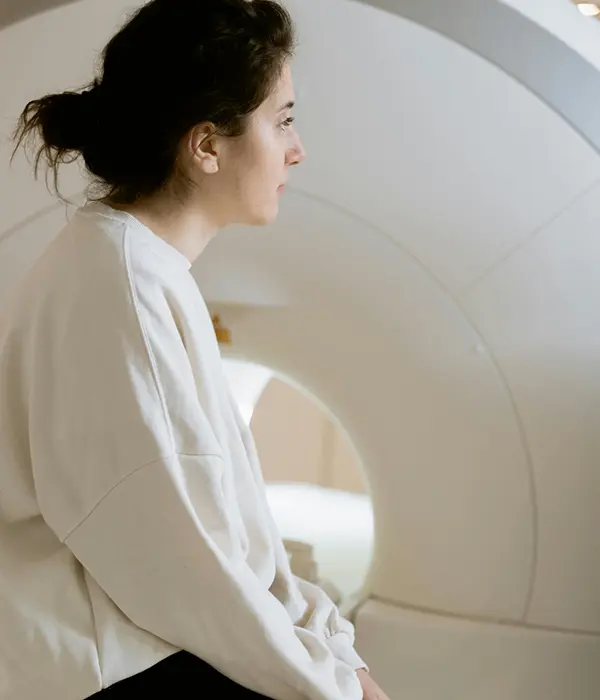Radiation therapy
Radiation therapy for breast cancer is a highly effective treatment that uses high-energy rays or particles to destroy cancer cells.

It is often used after surgery to reduce the risk of breast cancer recurrence by targeting any remaining cancer cells that were not removed during surgery.
Radiation therapy is an important part of breast cancer treatment, especially in breast-conserving therapy (BCT), such as lumpectomy, but it may also be used after mastectomy in certain cases.
When Is Radiation Therapy Used for Breast Cancer?
Radiation therapy may be recommended for breast cancer in the following situations:
Types of Radiation Therapy for Breast Cancer
IHC is a common test used to detect specific proteins in cancer cells that indicate the presence of hormone receptors or HER2 receptors, which are crucial for determining treatment approaches.
External Beam Radiation Therapy (EBRT)
- The most common type of radiation therapy for breast cancer, EBRT uses a machine called a linear accelerator to deliver high-energy rays to the breast, chest wall, or lymph node areas.
- It is usually given 5 days a week for 3-6 weeks, depending on the treatment plan.
Internal Radiation Therapy (Brachytherapy)
- Brachytherapy involves placing a radiation source (radioactive seeds or pellets) inside the breast near the tumor site. It’s used mainly for partial-breast irradiation.
- Intracavitary Brachytherapy: A balloon catheter is inserted into the cavity where the tumor was removed, and radiation is delivered directly to the tissue around the tumor site.
- Brachytherapy is typically done over a shorter period (e.g., 1 week) compared to external beam radiation and may be an option for women with early-stage breast cancer.
Side Effects of Radiation Therapy
While radiation therapy is an effective treatment, it can cause side effects, which vary depending on the type and area of radiation. Common side effects include:
Skin Changes
- Skin in the treated area may become red, irritated, dry, or sensitive, similar to a sunburn. It may also darken or develop peeling or blistering.
- Skin changes usually improve within a few weeks after treatment but can persist for some time.
Fatigue
- Many patients experience fatigue during and after radiation therapy. It often begins after the first few weeks of treatment and may persist for weeks or months afterward.
Breast Swelling or Tenderness
- Radiation can cause swelling, tenderness, or discomfort in the treated breast. The breast may also feel firmer or appear slightly smaller than before.
Lymphedema
- Radiation to the lymph node areas (under the arm, chest wall) can increase the risk of lymphedema, which is swelling caused by fluid buildup, particularly in the arm.
Changes in Breast Appearance
- Over time, radiation therapy can cause changes in the appearance or texture of the breast. Some women may notice their breast becomes firmer or slightly smaller.
Risk of Heart and Lung Damage
- Radiation to the left breast, especially if the heart or lungs are in the field of radiation, can sometimes increase the risk of heart or lung problems later in life. Modern techniques (such as deep inspiration breath-hold) help reduce these risks.
Rare Long-Term Side Effects
- In rare cases, radiation therapy can cause damage to nearby tissues, such as ribs or nerves, or lead to secondary cancers in the treated area.
